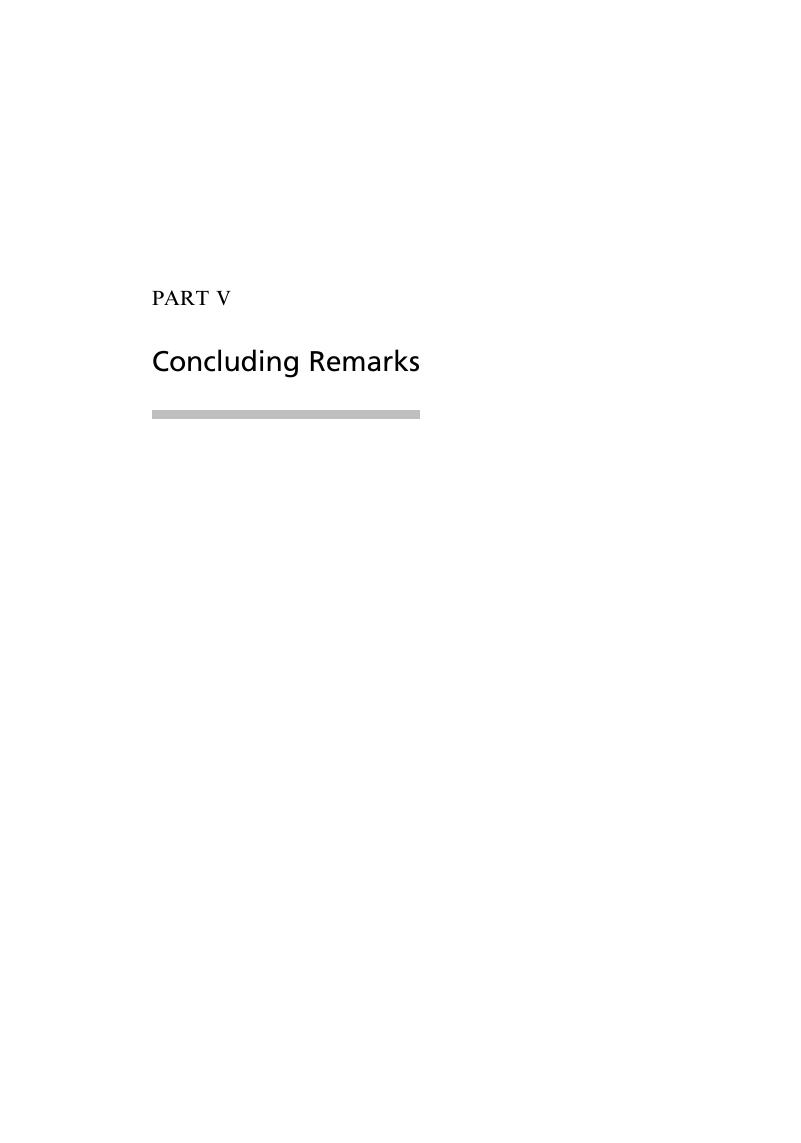Book contents
- The Cambridge Handbook of Instructional Feedback
- The Cambridge Handbook of Instructional Feedback
- Copyright page
- Contents
- Figures
- Tables
- Contributors
- Foreword
- Preface
- Acknowledgments
- Part I Theoretical Foundations
- Part II Domain-Specific Feedback
- Part III Contexts and Sources of Feedback
- Part IV Student Responses to Feedback
- Part V Concluding Remarks
- Index
- References
Part V - Concluding Remarks
Published online by Cambridge University Press: 02 November 2018
- The Cambridge Handbook of Instructional Feedback
- The Cambridge Handbook of Instructional Feedback
- Copyright page
- Contents
- Figures
- Tables
- Contributors
- Foreword
- Preface
- Acknowledgments
- Part I Theoretical Foundations
- Part II Domain-Specific Feedback
- Part III Contexts and Sources of Feedback
- Part IV Student Responses to Feedback
- Part V Concluding Remarks
- Index
- References
Summary

- Type
- Chapter
- Information
- The Cambridge Handbook of Instructional Feedback , pp. 589 - 603Publisher: Cambridge University PressPrint publication year: 2018



